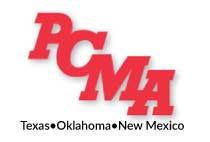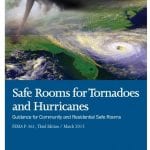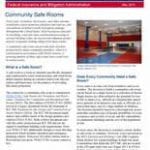How Precast Builds Featuring FEMA 361 – Sustainability Requirements
Program Number Authorized: LIVEDHPP
Credit: 1.00 HSW
Precast / Prestressed concrete is resistant to tornadoes, hurricanes, and wind. About 1,200 tornadoes hit the United States every year and every state is at risk. On average, 200 of those tornadoes hit the states of Texas, Oklahoma, and New Mexico.
Tornadoes can strike in any season but occur most often in the spring and summer months. They can occur at all hours of the day and night but are most likely to occur between 3 p.m. and 9 p.m.
Factors increasing demand for “high-performance” structures include the following
-
Recent code changes to FEMA 361, also known as FEMA P-361.
-
Rising sustainability requirements
-
Adapting to a challenging economy
High performance is not business-as-usual. The concept of “high-performance” encompasses sustainability in the simplest form.
It requires optimization of all relevant attributes for a project on a life cycle basis.
Learning objectives:
- Define high-performance precast prestressed concrete structures.
- Discuss the advantages and long-term benefits of high-performance design.
- Understand how precast meets the needs of FEMA 361
- Describe versatility, energy efficiency, and long-term building performance of precast.
- Explain how high-performance design incorporates resiliency to provide multi-hazard protection.
FEMA Resources – Public and Community Safe Rooms
Learn@Lunch Booking
Please complete your contact details and your learn@lunch preferences below, and we will be in contact with you to schedule your seminar.








